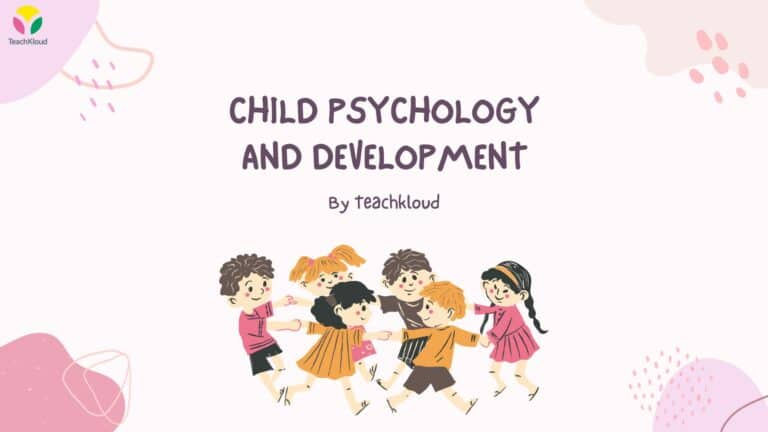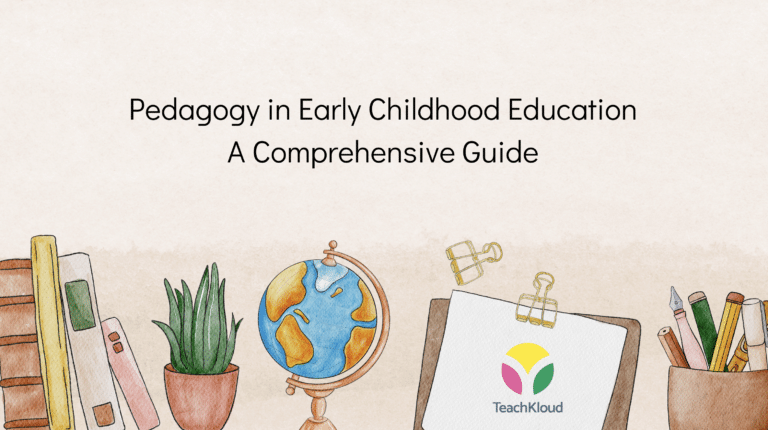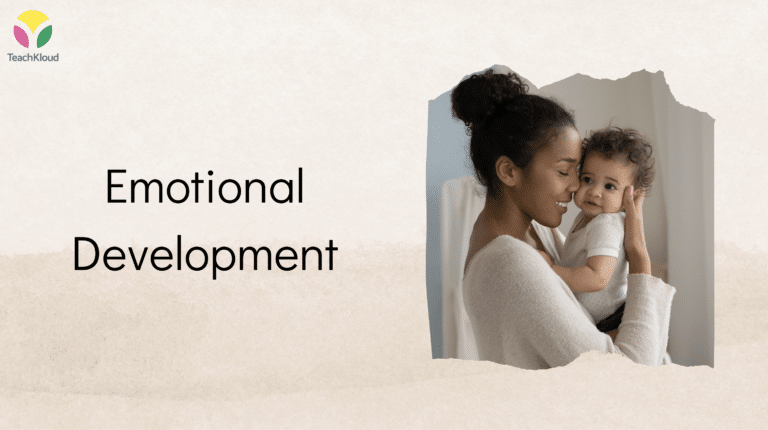By: Cheryl Okuda, Preschool Teacher of 3 Year Olds, Instagram: @smallvoicesbigideas
Every year, my school hosts a Gallery Night when each class displays their artwork from an artist study they’ve chosen. This is my time to really think outside the box and have my class follow suit. I believe that creating meaningful and hands-on experience for small children will offer more opportunities for development of valuable skills and creative expression. Here are a few ideas for art explorations or inspiration for your school’s Gallery Night events.

1. Tony Orrico
Having a dance background really inspires my lessons in the classroom. If we can move around while learning, it’s going to happen! I found a post from “Myrtle and Eunice” about kids exploring Tony Orrico’s art process and knew that was going to be our artist study. We watched videos of him creating art by laying on his stomach or back while making repetitive movement with his limbs. He had charcoal in his hands which resulted in mesmerizing circles and lines on the paper. We mimicked his movement using large format paper, crayons, and oil pastels. It was fascinating for me and entertaining for the children to experience this art! The kids had so much fun exploring movement and art all at once! With some assistance from my engineer boyfriend, we managed to display the large pieces using cardboard and string and hanging them from the ceiling.
2. Traditional Weaving

I can’t recall what inspired this study, but I do remember this class being a particularly eccentric and energetic bunch. A traditional canvas and paint project would not have best represented their personalities. We studied the art of weaving and even watched videos of large looms and learned how weavings could tell stories or represent people. We practiced on large “looms” or drying rack grids first to learn the pattern of over/under. Then I created their looms out of sticks they selected outside. Once completed, they were given choices of string and ribbons and were left to weave! The amount of focus, concentration, and fine motor skill practice was amazing! I secured their weavings with some hot glue to prevent the looser ribbons from falling out. Once again, I hung their finished pieces from the ceiling.
3. Michelangelo’s Sistine Chapel

I had heard of this idea from several Pinterest posts/blogs, but could never really think of how to incorporate it into the classroom until this year. We studied Michelangelo’s Sistine Chapel and the children were amazed by the gorgeous photos and video footage of the ceiling. We taped their canvases under the tables and had them lay on their backs to paint just like Michelangelo! The children loved picking out their paint colors and painting from a nontraditional perspective. My engineer bf came to the rescue and helped me repurpose hangers to display the children’s paintings as part of the “ceiling”.
Things to consider:
• Let the children have as much independence and freedom of choice as possible. It may not turn out the way you think it would/should but what’s important is that art remains a form of individual expression.
• Try and record or document quotes that the children say while they are creating. Encourage dialogue by asking them how they feel, what they are thinking, what they will do next, how they think their painting is coming along, etc. Conversations about art are so important and not many adults are encouraging children to develop that skill.
• Let the children title their own pieces. Even if it sounds silly. Naming their artwork gives them closure, a feeling of pride, and provides another opportunity for them to make an important decision in regards to their art.
• Give them high quality art supplies and they will treat their art with more care and thought. I brought in my own personal acrylic paint set for them to use and they took great care of the paint and didn’t use as much because they knew it was “special” paint that we don’t use often. Too often we believe that children don’t understand how to be careful or mindful of things that are special, but with intentional conversation, they are very capable of doing so.



